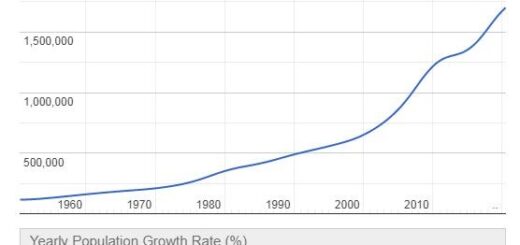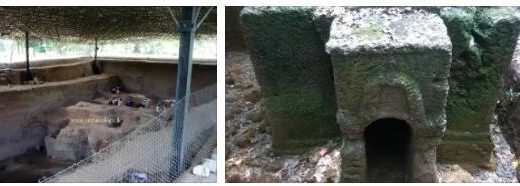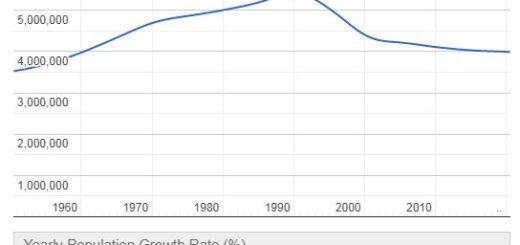India Location on the Globe
India, officially known as the Republic of India, is a vast and diverse country located in South Asia.
Geographically, India is situated on the Indian subcontinent, which is bounded by the Indian Ocean to the south, the Arabian Sea to the southwest, and the Bay of Bengal to the southeast. Its coordinates are approximately between latitudes 8° and 37° N and longitudes 68° and 97° E. India shares land borders with Pakistan to the northwest, China and Nepal to the north, Bhutan to the northeast, and Bangladesh and Myanmar to the east.
According to Baglib, India‘s vast and varied landscape encompasses diverse geographical features, including the towering Himalayas in the north, the fertile plains of the Indo-Gangetic region, the arid deserts of Rajasthan, the lush tropical forests of the Western Ghats and Eastern Ghats, and the pristine beaches of the Indian coastline. The country’s terrain ranges from snow-capped mountains to fertile river valleys, from dense forests to arid plateaus, providing habitats for a rich variety of flora and fauna.
The Indian subcontinent experiences a wide range of climatic conditions, from tropical in the south to temperate and alpine in the north. India‘s climate is influenced by factors such as latitude, altitude, and proximity to the sea. The country has three main seasons: summer (March to June), monsoon (June to September), and winter (October to February), with variations in temperature and precipitation across different regions.
India‘s geography has played a significant role in shaping its history, culture, and society for thousands of years. The Indian subcontinent is considered one of the cradles of civilization, with a rich heritage dating back to ancient times. The earliest known civilizations in India emerged along the banks of the Indus River in the northwestern region, including the Indus Valley Civilization, which flourished from around 3300 BCE to 1300 BCE.
Over the millennia, India has been home to numerous kingdoms, empires, and dynasties, each leaving its mark on the region’s culture, architecture, religion, and language. Ancient India witnessed the rise and fall of powerful empires such as the Maurya Empire, Gupta Empire, and Chola Dynasty, which contributed to the spread of Buddhism, Hinduism, and Jainism, as well as advancements in science, mathematics, and philosophy.
In the medieval period, India experienced a series of invasions and conquests by foreign powers, including the Greeks, Persians, Arabs, Turks, and Mongols. These invasions led to the spread of Islam in India and the establishment of Islamic sultanates and empires, such as the Delhi Sultanate and the Mughal Empire, which ruled large parts of the subcontinent for centuries.
The arrival of European traders and colonizers in the 15th century marked a new chapter in India‘s history, as Portuguese, Dutch, French, and British East India Companies established trading posts along the Indian coastline. The British East India Company gradually expanded its control over Indian territories, eventually leading to British colonial rule over the entire subcontinent.
India‘s struggle for independence from British rule culminated in the Indian independence movement, led by prominent leaders such as Mahatma Gandhi, Jawaharlal Nehru, and Subhas Chandra Bose. After decades of nonviolent resistance and civil disobedience, India finally gained independence on August 15, 1947, becoming a sovereign nation and the largest democracy in the world.
Following independence, India underwent a period of nation-building and economic development, with a focus on industrialization, infrastructure, and social welfare. The country adopted a democratic constitution, guaranteeing fundamental rights and freedoms to all citizens, regardless of caste, creed, religion, or gender.
Today, India is a vibrant and diverse democracy with a population of over 1.3 billion people, making it the second-most populous country in the world after China. The Indian population comprises numerous ethnicities, languages, religions, and cultures, reflecting the country’s rich tapestry of diversity and pluralism.
India‘s culture is a mosaic of traditions, customs, festivals, art forms, and cuisines that vary from region to region. Hinduism is the dominant religion, followed by Islam, Christianity, Sikhism, Buddhism, and Jainism, among others. Each religion has its own festivals, rituals, and practices, which contribute to India‘s colorful tapestry of religious diversity.
Indian cuisine is renowned for its diversity and complexity, with each region boasting its own unique culinary traditions and specialties. Indian food is characterized by its use of aromatic spices, herbs, and condiments, as well as a wide variety of vegetarian and non-vegetarian dishes. Some popular Indian dishes include biryani, curry, dosa, samosa, and tandoori chicken.
India‘s rich cultural heritage is also evident in its architecture, literature, music, dance, and cinema. The country is home to magnificent architectural marvels such as the Taj Mahal, Qutub Minar, Red Fort, and Ajanta and Ellora Caves, which showcase the country’s rich history and architectural prowess.
Indian classical music, dance, and theater have a long and storied tradition, with classical music forms such as Hindustani and Carnatic music, classical dance forms such as Bharatanatyam, Kathak, and Odissi, and traditional theater forms such as Kathakali, Koodiyattam, and Yakshagana continuing to thrive in the modern era.
India‘s film industry, commonly referred to as Bollywood, is the largest in the world in terms of the number of films produced and tickets sold. Bollywood films are known for their colorful visuals, melodious music, and dramatic storytelling, and they enjoy a massive following not only in India but also among Indian diaspora communities around the world.
In conclusion, India‘s geographical location on the globe places it at the crossroads of Asia, with a rich and diverse landscape, history, and culture that have captivated people for centuries. From the snow-capped peaks of the Himalayas to the sun-kissed beaches of Goa, from the bustling streets of Delhi to the tranquil backwaters of Kerala, India offers a mesmerizing tapestry of experiences that continue to inspire and enchant visitors from around the world.


